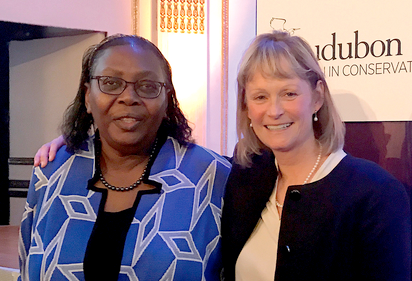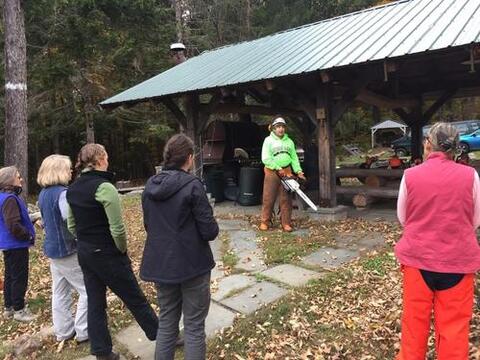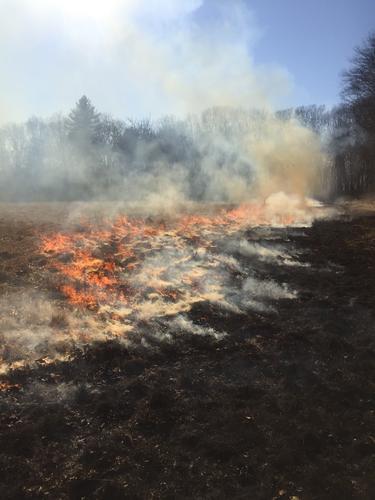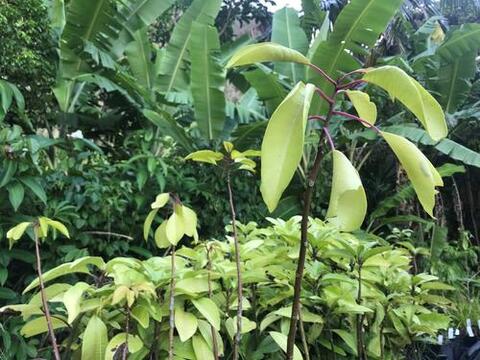
By Thokozile Changufu ‘23 MF
This year marked the tenth year since Fabian Michelangeli, professor adjunct at the Yale School of the Environment and curator of tropical botany at the New York Botanical Gardens, began taking students in his YSE Tropical Field Botany class to Costa Rica to study plant families in three key research sites: the cloud forests of Cuericí, the dry forests of Palo Verde, and the moist tropical rainforests of La Selva. The diverse group of MF, MFS, MESc, and doctoral students included representation from the United States, India, Canada, Gabon, Ghana, Sri Lanka, and Zambia. For many of us, including myself, this was our first-time studying botany. Our days were filled with studying plants for nearly eight hours over a 10-day trip. It’s no surprise that a few days into the trip, I started to dream of identifying plant families. Before bed, I would recall: Rubiaceae have simple opposite leaves with an interpetiolar stipule–that’s the cacao family!
The first site we visited was the Estación Biológica Cuericí located in the cloud forests of the central mountains of Costa Rica.
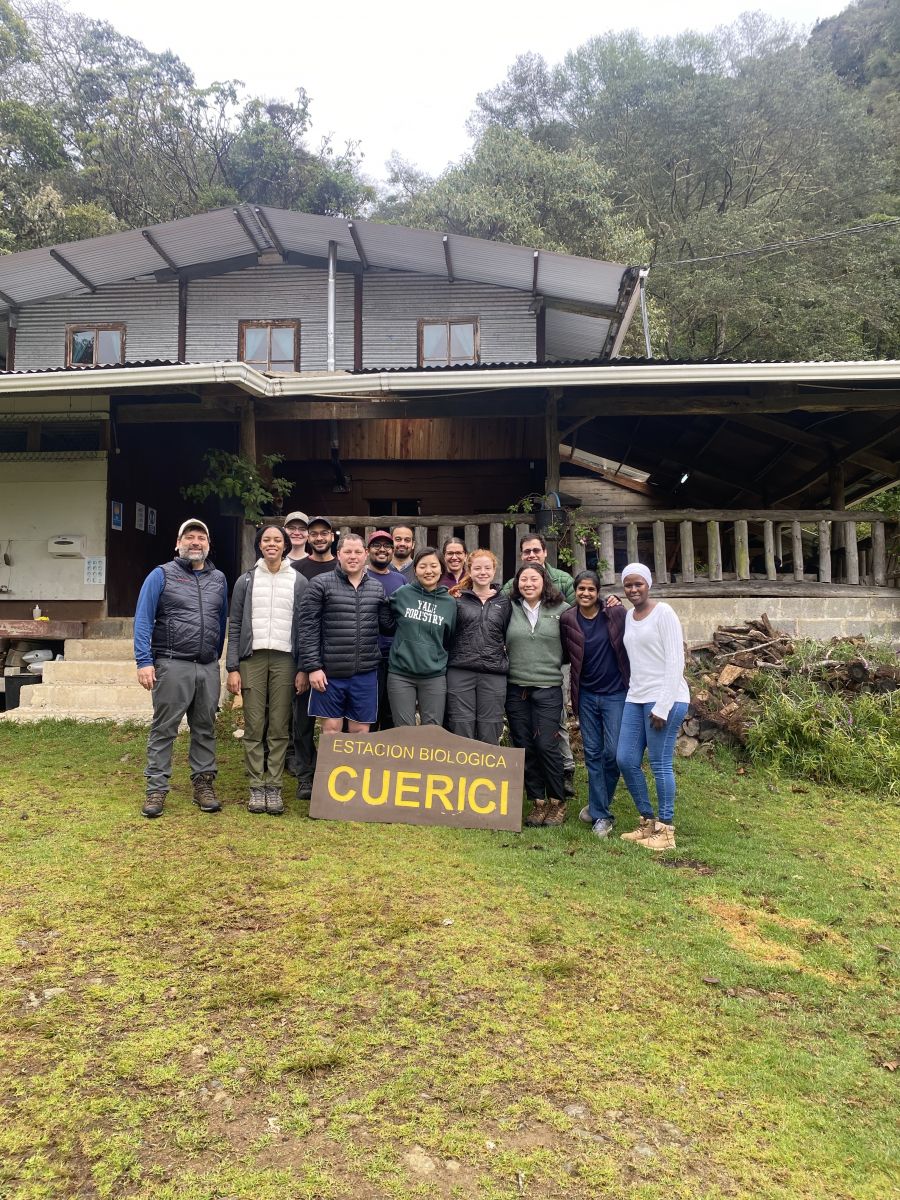
YSE students make Cuericí Research Station their homebase while exploring cloud forests during the first leg of the tropical botany field trip in Costa Rica. Photo by: Anna Solano.

The cloud forests of Cuericí feature an organic trout farm that supports the livelihoods of the Solano smallholder family. Photo by: Akshay Surendra, YSE doctoral student.
We spent our evenings in Cuericí by the fireplace reflecting on the day’s events. Cuericí was the only site cold enough to necessitate a fireplace, where we dried our clothes that were soaked by the rain and mist while hiking during the day. Sitting by the fireplace in silence, I struggled to find the words to describe the experience of being in a cloud forest– the air was the mistiest and foggiest I have ever seen, and it looked like what I imagined being in a cloud would be like as a child. I resonated with Kumbis Jammeh ‘24 MF when she shared:
“I feel like to be able to explain and understand a cloud forest you have to be in one.”
This first site taught us all the importance of place-based learning, which is central to the mission of The Forest School.
The second part of our trip took us to Palo Verde, a dry forest named after the palo verde plant in the Fabaceae family. We observed several species in the Fabaceae or legume family, which we learned is one of the most diverse families, found in all parts of the world, and important for enhancing soil through nitrogen fixation. The golden brown of the grass around us appeared to be an indicator of a prolonged absence of rain which is normal for the time of our visit during the dry season. However, to our surprise, we were greeted by a downpour of rain. I forgot my raincoat so the threat of getting soaked to the bone was very real for me. Note to future self: always double-check to make sure you pack your raincoat. Diego, the research station manager for the Organization of Tropical Studies (OET) in Palo Verde, pointed out that the rain pattern was abnormal for Palo Verde and an indicator of a changing climate.
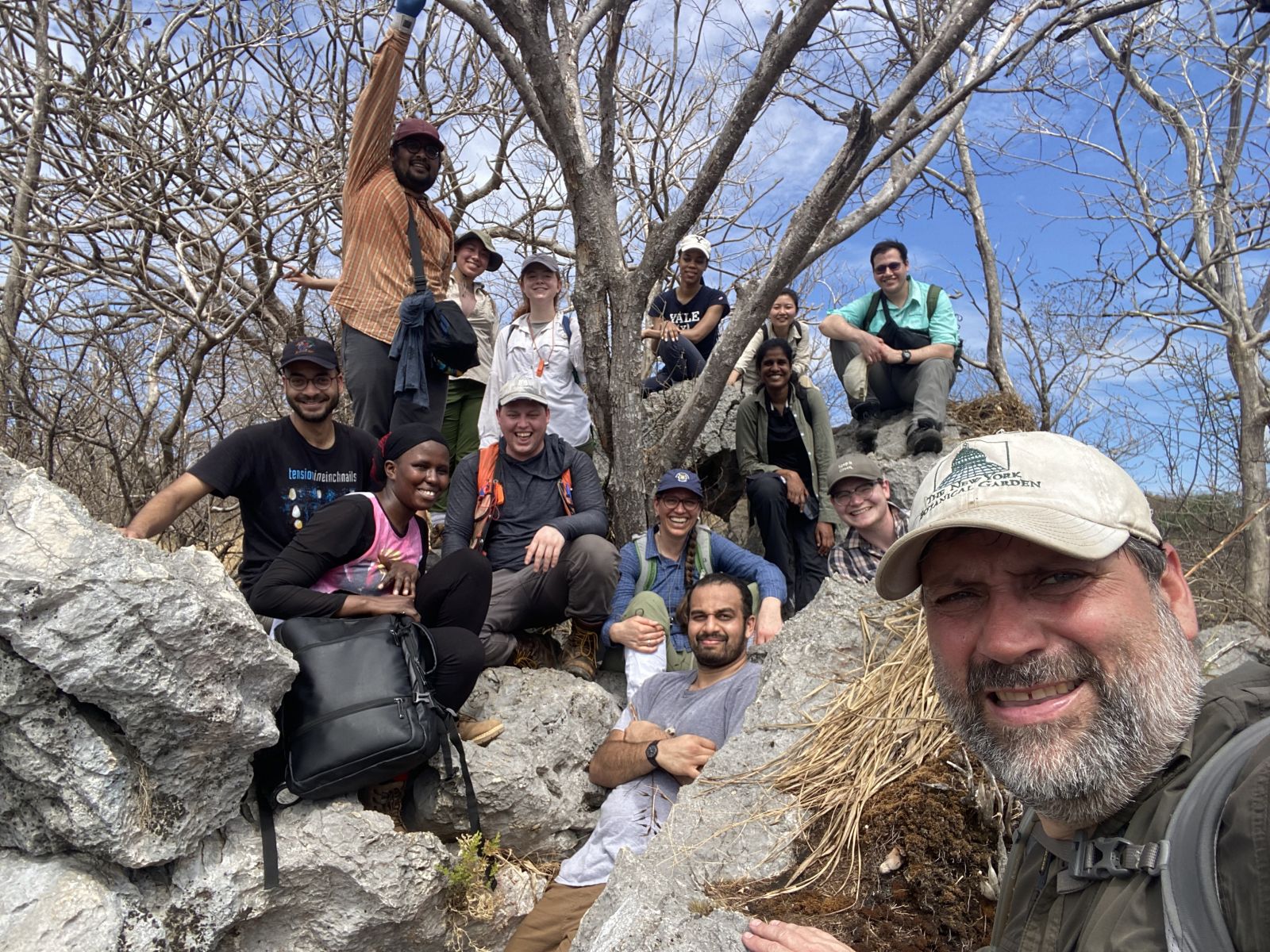
YSE students hike up to the peak of the steepest hill in Palo Verde and take in the view of the landscape. Selfie by: Fabian Michelangeli.
The third and final site we visited was La Selva research station. La Selva is a wet forest with an internationally known tropical forest research center. It is not uncommon to come across film crews, traps to study birds and insects, and forest regeneration plots around La Selva. The forest regeneration research plots helped our group understand the various succession pathways for La Selva forests following a clearcut, revealing pioneer and dominant tree species. The research produced at La Selva is used to inform management decisions for biodiversity conservation.
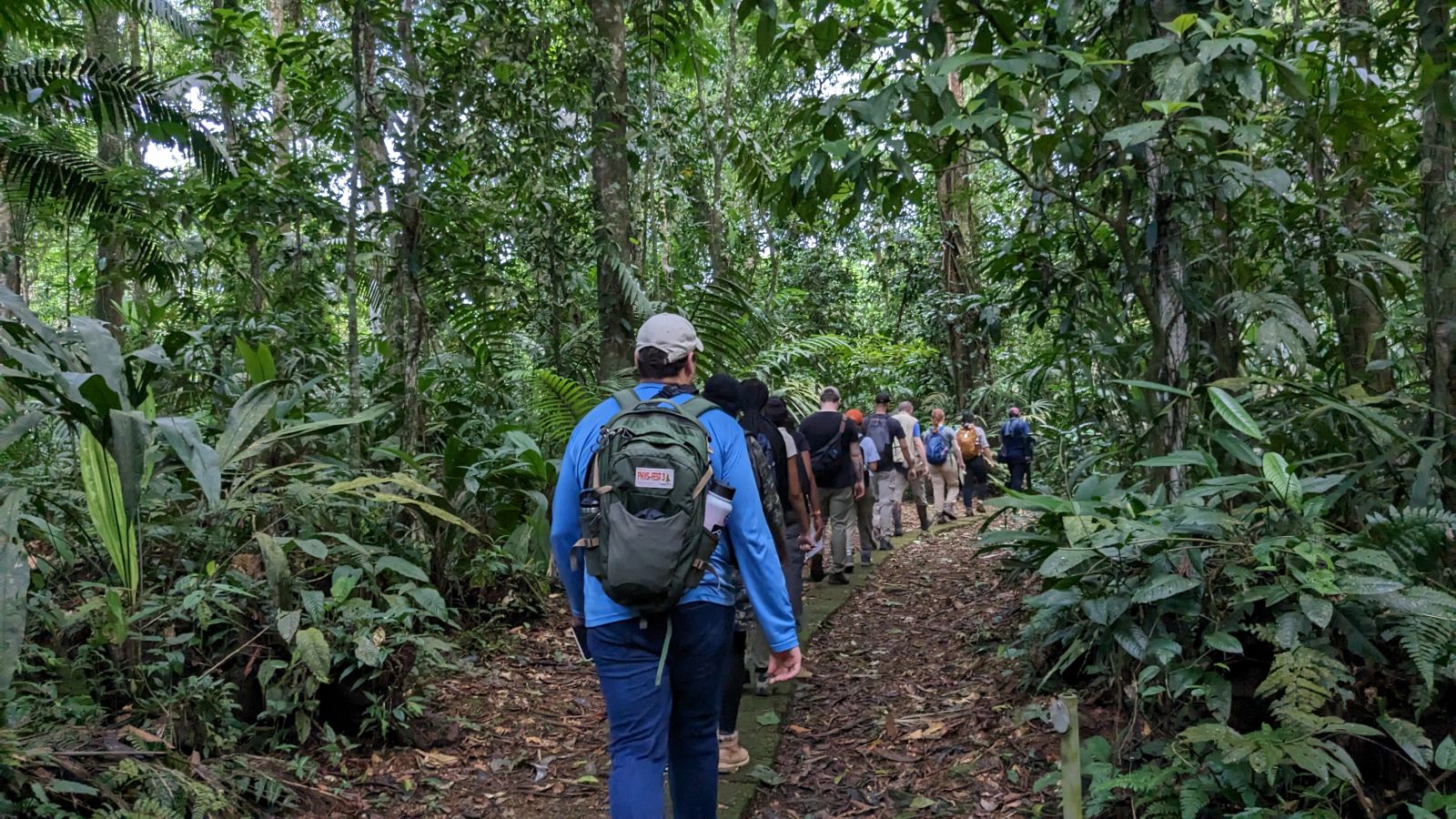
YSE students march along the concrete trail through the tropical rainforest of La Selva, Costa Rica on a mission to study the unique plant families of this ecosystem during the NYBG-YSE spring break trip in March 2023. Photo by: Akshay Surendra, doctoral student.
The one occasion of light rainfall in La Selva was less than what we experienced in Palo Verde and far less than what we expected for the wet forest. Several locals emphasized “El clima está loco,” which translates as the climate has gone crazy or the climate is behaving abnormally. Rain or no rain, the weather did not prevent our group from identifying a whopping 103 plant families!
